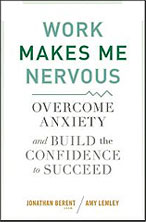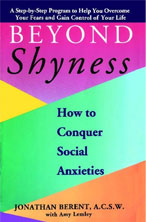Panic Attacks
Panic Attacks – Stop Panic Attacks – Panic Attack Treatment
Anxiety is a fact of life; everyone experiences it. When anxiety gets out of hand, however, panic may ensue. Panic is the result of an excess of autonomic nervous system activity. Physical symptoms of panic can include increased muscle tension, accelerated heartbeat, rapid breathing, constriction of blood vessels, dilation of the pupils, dry mouth, a voiding of bladder, nausea, fear of losing control, fear of having a heart attack, and fear of going crazy. Panic is a psycho-physiological (mind-body) response. Panic is the fight-flight response characterized by an excess flow of adrenaline.
Many individuals who suffer from social anxiety experience panic in situations where they feel threatened. The worry about experiencing panic often leads to avoidance of the specific challenging situation. This process creates a phobia. Challenging situations may include scenarios such as public speaking; being in the presence of or dealing with authority figures; being in a group; intimacy, or socializing in general. It may occur in school, in restaurants, in large gathering places. It may be any venue where a “performance” could be evaluated, such as sports, performing arts, and academics. Learning to stop panic attacks is an important step towards living a normal life. Click here to listen to interviews with real people who have resolved panic attacks.
Panic can be characterized by an excess of physical symptoms, or by being overwhelmed with disturbing thoughts. The reality is, that a panic attack is usually the result of repressed emotions. The body somatizes emotions, which means they are being expressed physically. Many individuals who have experienced panic have ended up in the emergency room of a hospital thinking they’re having a heart attack. It can be quite perplexing when the doctor, after administering an exam, says there’s nothing wrong even though the patient experienced intense physical symptoms.
When a person is experiencing physical symptoms, it is necessary, of course, to rule out any physical etiology. Once ruled out, panic is very resolvable. It is important to integrate an objective, holistically systematic approach in order to productively treat panic. Productive treatment includes emotional management, nutrition, self-regulation, relaxation training, and lifestyle modification. Stop panic attacks today with treatment from an experienced licensed therapist.
RELATED PRODUCTS
-
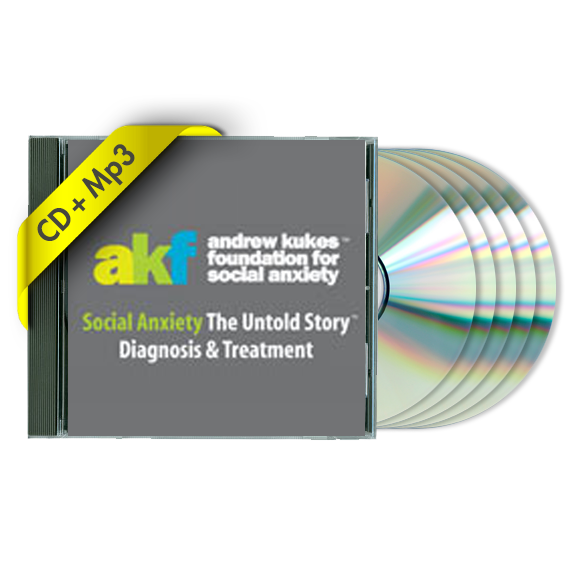
Social Anxiety: The Untold Story
-
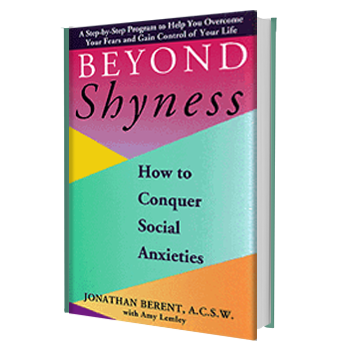
Beyond Shyness: How To Conquer Social Anxieties
-
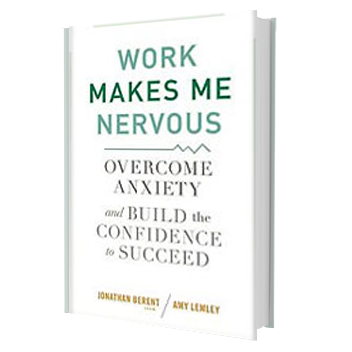
Work Makes Me Nervous
-
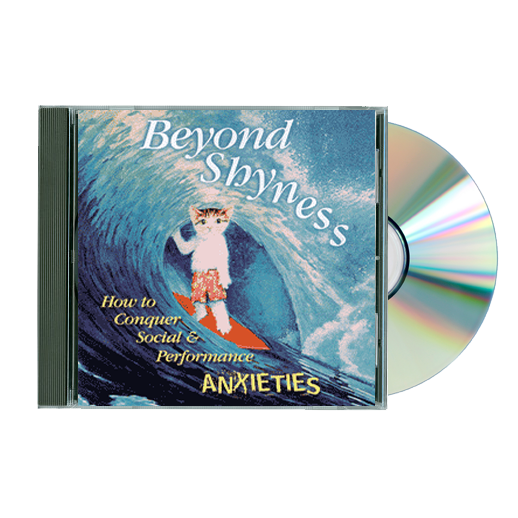
Comprehensive Self-Therapy Audio Program
-

Selective Mutism Seminar Audio CD/MP3 Program
-
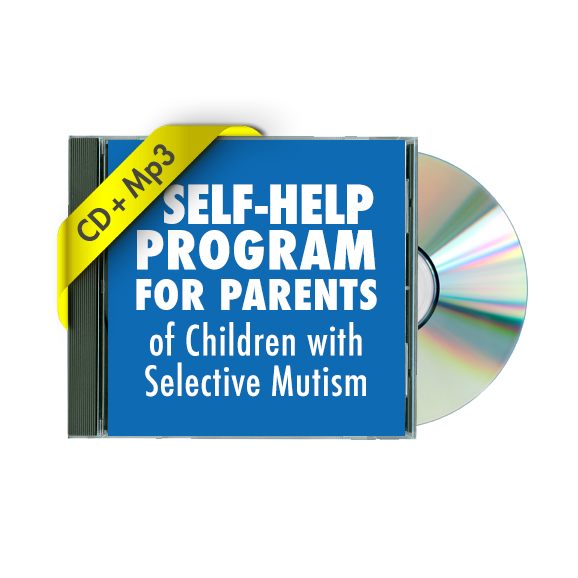
Self-Help Program for Parents of Children with Selective Mutism
-

Free Sociability Questionnaire
-

Social Therapy and The Learning Disabled
Self-Help and Treatment Options
- Free Audio CD from Social-Anxiety.com
- Social Anxiety: The Untold Story
- Beyond Shyness: How To Conquer Social Anxieties
- Work Makes Me Nervous
- Comprehensive Self-Therapy Audio Program
- Public Speaking Anxiety Self-Therapy Audio Program
- “Warm Hands Cool Face” A Self-Help Clinical Program for Blushing Anxiety & Erythrophobia
- The Berent Method: High Performance Therapy for Social-Anxiety
- Telephone/skype therapy available worldwide
- Selective Mutism Seminar Audio CD/MP3 Program
- Self-Help Program for Parents of Children with Selective Mutism
- The Sociability Questionnaire
- Tip of the Month Club
- Social Therapy and The Learning Disabled
- Free Parent Addiction Survey



